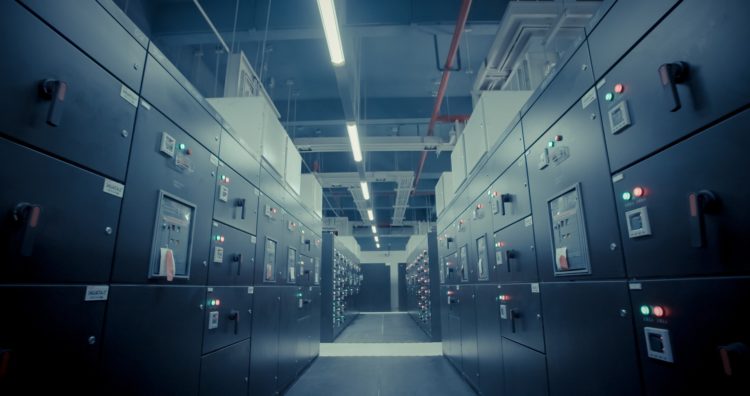As the demand for data storage and processing increases, data centre infrastructure and approaches need to be upgraded as well. Varoon Raghavan, the chief operating officer and co-founder, of Princeton Digital Group identifies Generative AI (GenAI) as the fastest growing technology application, that is extremely compute and storage intensive hence driving skyrocketing usage of data centre (DC) capacity.

Technological requirements for AI-ready DCs
To meet the technological requirements for AI-ready data centres (DCs) and address the surging demand, Raghavan posits that DC operators should undertake changes.
“These include adopting high-density design principles to efficiently accommodate power-dense GPU clusters, implementing innovative cooling solutions, at scale, to manage the substantial heat generated by AI workloads, and investing in differentiated power infrastructure to ensure reliability and scalability.”
Varoon Raghavan
He added that operators must embrace new design and architecture concepts tailored to the unique needs of AI applications. This transformation presents a significant opportunity for DC operators to offer specialised data centre capacity for AI workloads, positioning themselves as key players in the rapidly growing AI-grade DC market.
Challenges
Raghavan noted three core challenges and corresponding opportunities that face Asia today when it comes to building AI-ready data centres.
“First, the demand for high-density infrastructure and advanced cooling is likely to test the limits of existing designs.” He said that DC operators can seize the opportunity by offering specialised high-density colocation capacity.
“Second, AI's scalability demands, often five times larger than traditional workloads, require modular designs and proactive capacity management.” Operators are urged to invest in scalable infrastructure.
“Third, sustainability concerns amid power-hungry AI workloads require green technologies, efficient cooling, and renewable energy sources. Collaboration across the supply chain is vital for building AI-ready DCs with a low carbon footprint.”
Raghavan believes in the values of innovation, flexibility, and sustainability to address these challenges and harness opportunities.
Sustainable growth
“The DC industry, encompassing both hyper scalers and colocation DCs, is actively pursuing sustainable growth in response to surging data consumption driven by AI and digital interactions,” the Princeton Digital Group Officer said.
He added that while the industry faces unprecedented growth challenges, sustainability efforts are underway. These are primarily driven by policy frameworks that provide access to renewable energy sources and investment in distribution infrastructure.
“DCs play a key role in optimising energy consumption through innovative practices like liquid cooling, but effective sustainability hinges on broader ecosystem changes, including overhauls to energy grids and government policies.”
Raghavan said that achieving sustainable growth and managing energy consumption responsibly depends on various collaborations and sustainability efforts.
The future of DC’s
Raghavan believes that DCs are set to undergo significant changes in the near future such as adapting to AI-driven higher power densities. DCs are also seen to prioritise automation and strengthen security against more sophisticated threats.
“Sustainability remains central, with DC operators emphasising energy efficiency and green technologies.”He says this will include renewable energy adoption and innovative cooling solutions.
“DCs of the future will efficiently support advanced technologies while demonstrating a strong commitment to environmental responsibility and sustainability, navigating a path toward a more resource-efficient and secure digital infrastructure.”





